Vasculitis
Are emulation ‘trials’ helpful, despite the biases that occur with observational data, or do they truly mimic the results of randomized controlled trials (RCTs)?
For decades, glucocorticoids (GCs) have formed the backbone of polymyalgia rheumatica (PMR) management. Whilst previously there was a sense that a “low” GC dose with limited duration was used, we now appreciate just how heterogenous the disease course of PMR can be, with many patients experiencing frequent relapses and garnering a subsequent huge GC burden over a number of years.
Clinicians treating giant cell arteritis (GCA) have long had to contend with a disappointingly limited selection of drugs from which to select. A new group of drugs is finally showing promise in the treatment of GCA.
Join Drs. Jack Cush and Artie Kavanaugh as they review 15+ presentations and abstracts from the 2024 ACR Convergence meeting in Washington, DC.

Brian Jaros, MD Dr_Brian_MD
1 year 1 month ago
Hypoxia seems to exacerbate neutrophil activation by ANCA
- enhanced F-Actin polymerization
- enhanced NET formation
Could hypoxia predilection in certain tissues (kidney, lung) lead to the AAV phenotypic disease patterns?
@RheumNow #ACR24 https://t.co/KxaeMvkd2t
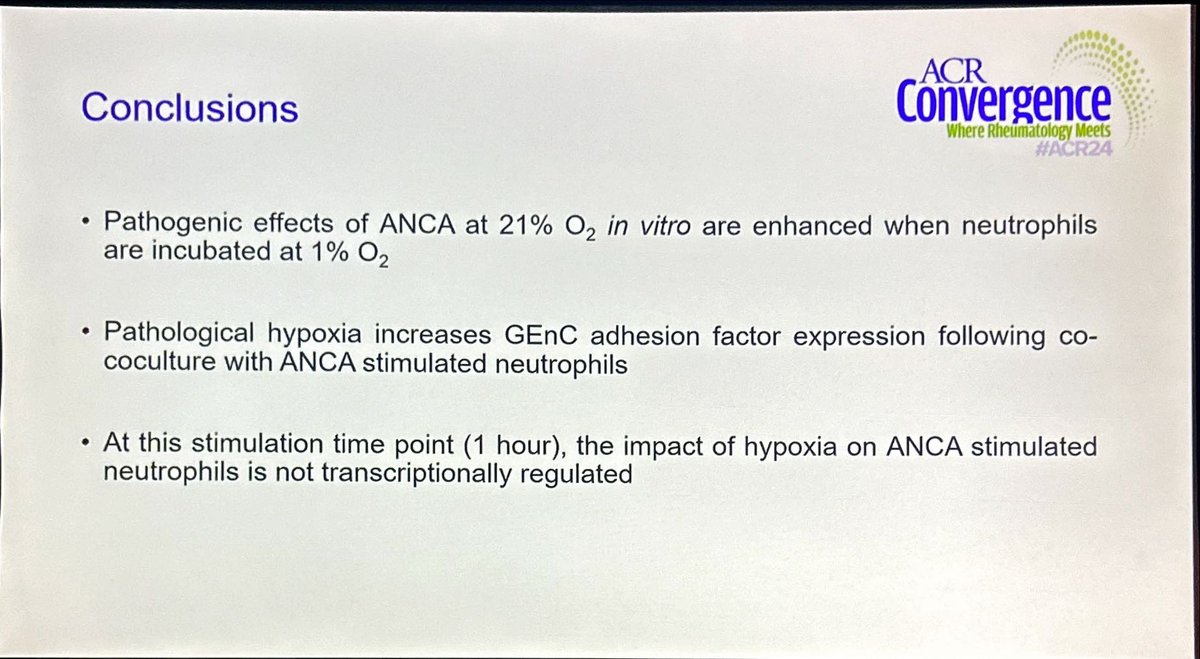

Brian Jaros, MD Dr_Brian_MD
1 year 1 month ago
Hydralazine - known culprit of drug-induced AAV
How does hydral (H) AAV differ from primary (1) AAV?
💥 High dual positivity MPO/PR3
💥 DAH / pleuritis more common in H-AAV
💥 ENT, constitutional, nervous, ILD in 1-AAV
💥 More 6mo remission in H-AAV
@rheumnow #ACR24 Abst 2496

Dr. John Cush RheumNow
1 year 1 month ago
SELECT-GCA suggests JAKis may be the new kid on the block
Clinicians treating giant cell arteritis (GCA) have long had to contend with a disappointingly limited selection of drugs from which to select.
https://t.co/vtJzwFZMBq https://t.co/dikMRwjIZY
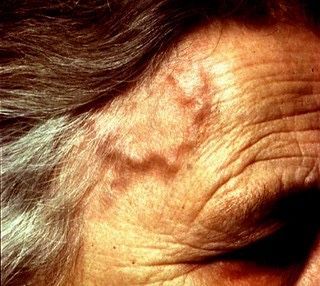
The treatment paradigm for Giant Cell Arteritis (GCA) has been a binary approach to the presence or absence of vasculitis. When GCA is present, we institute high doses of glucocorticoids for treatment of the inflammatory process. This approach is not well individualized to the patient as we do not account for the degree of inflammation that may or may not be present in the disease. Improved markers to stratify the extent of inflammation can help









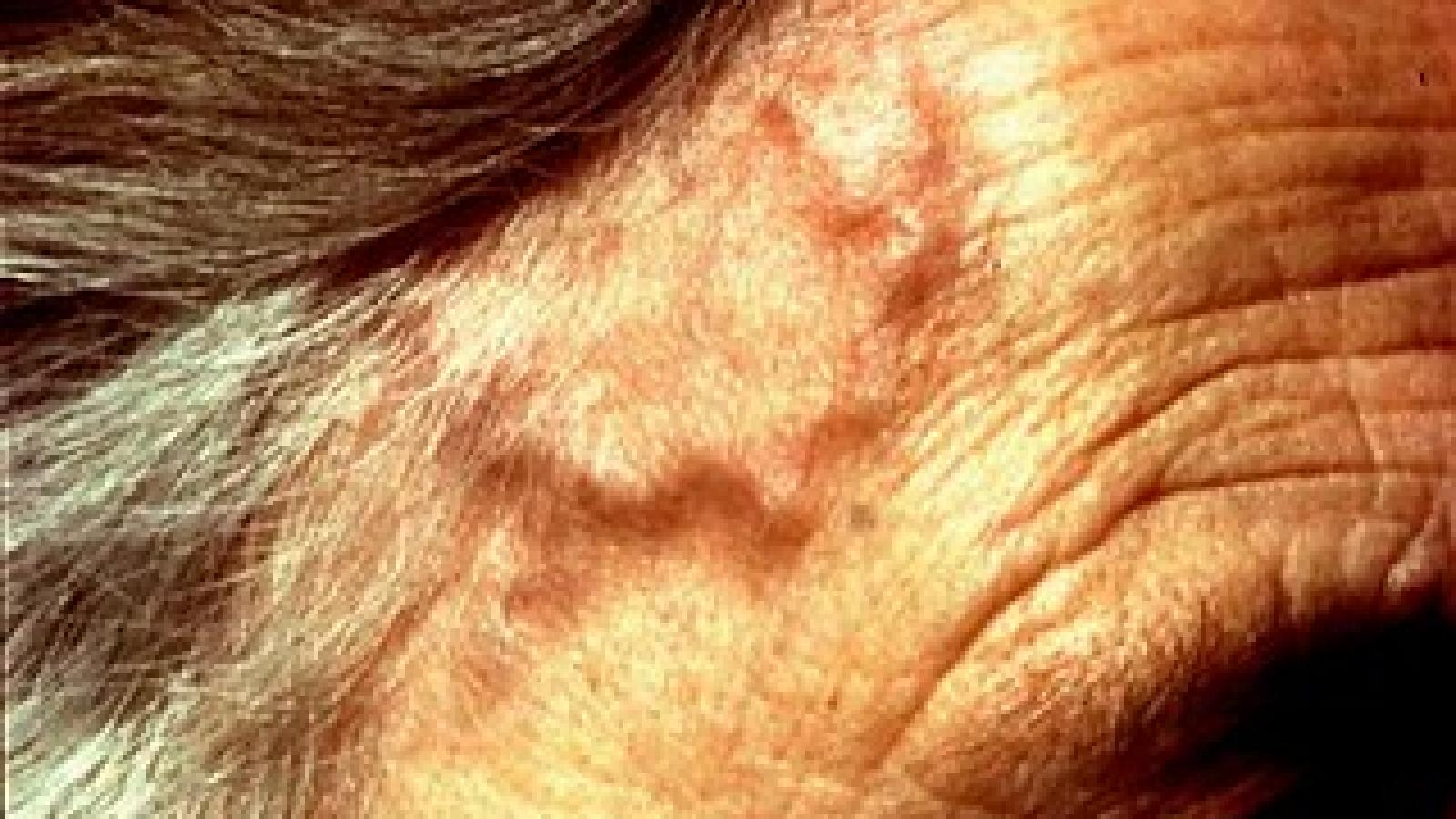




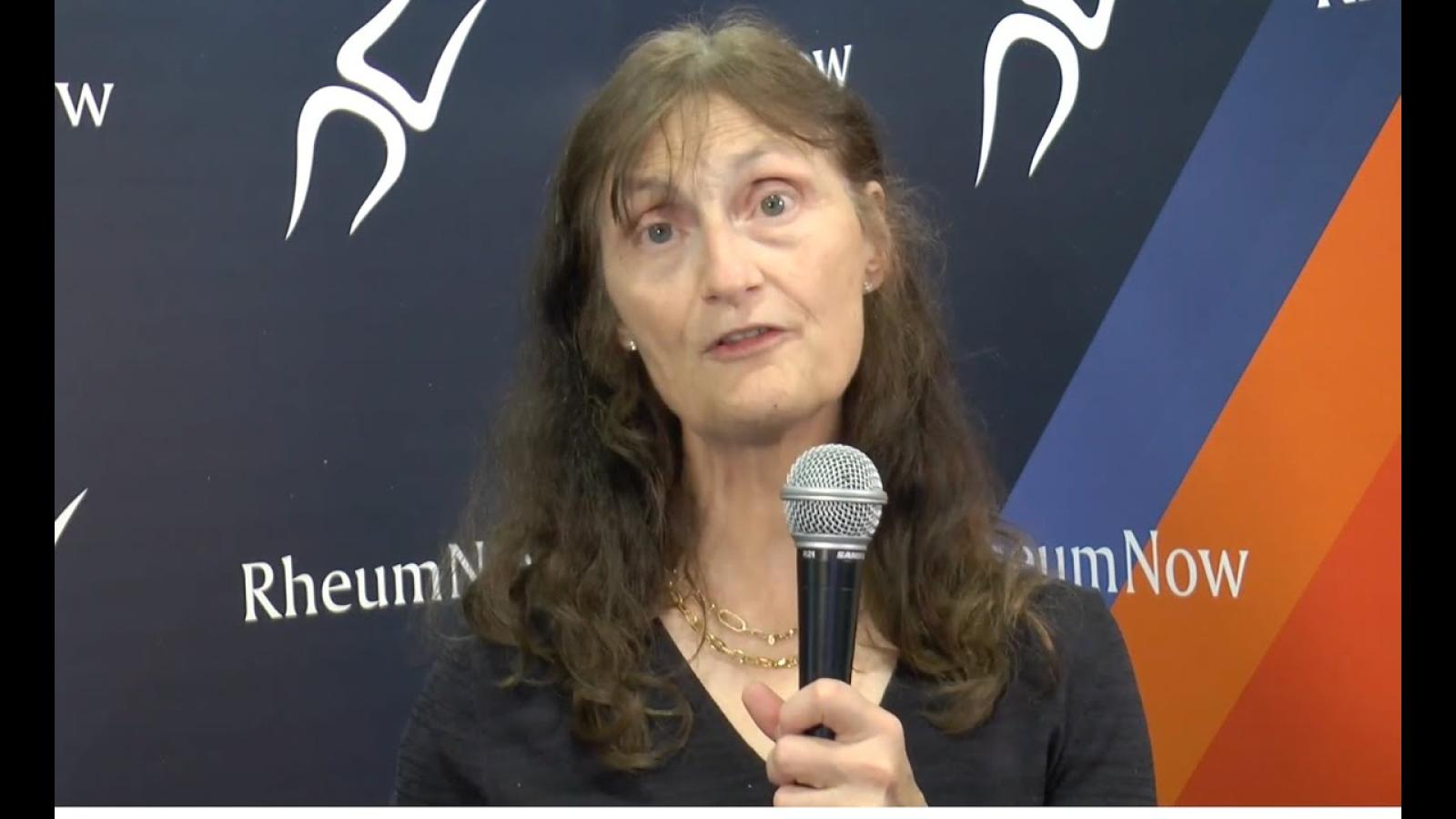
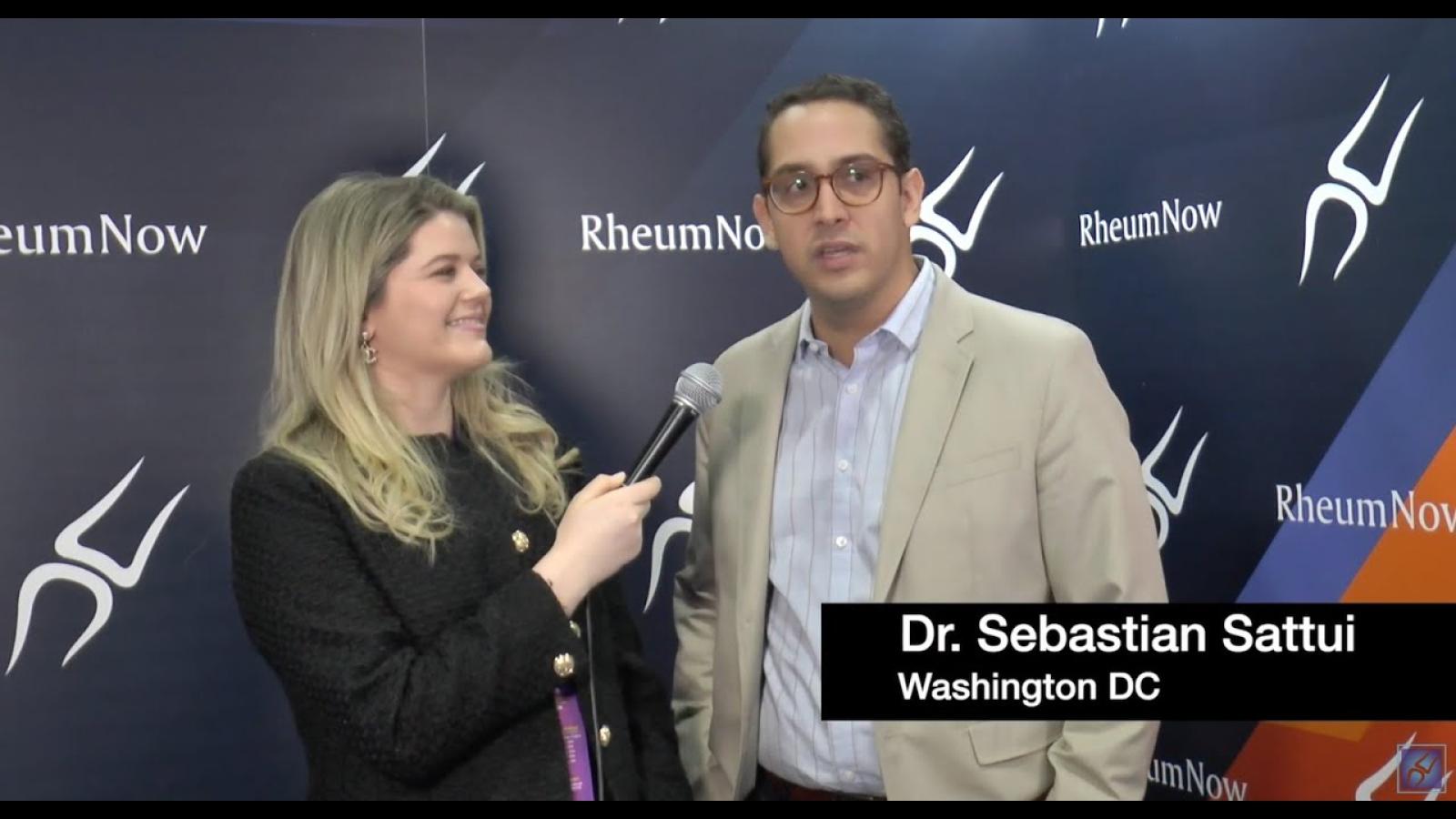







 Poster Hall
Poster Hall